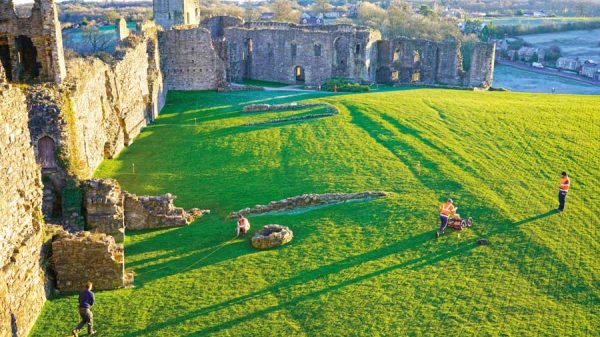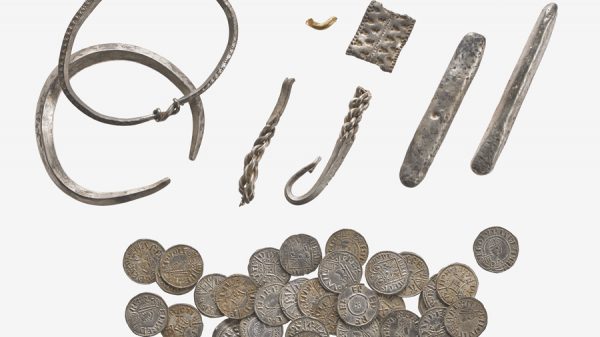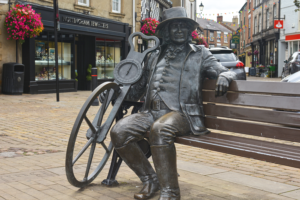Standing in a dominant position on the banks of the River Trent lies Newark castle, built in the 12th century by Alexander, the Bishop of Lincoln. Not much of the castle remains due to the slighting ordered by Parliamentarians after the Civil War but fortunately visitors can still see the remains of the bed chamber where King John reputedly died in 1216.
This was during the Baron’s Revolt and King John had just lost the crown jewels in a badly timed crossing of The Wash when his entire baggage train was lost to the rising tides. Described as one of the worst kings England has ever had and portrayed in a rather unfavourable light in many a Robin Hood movie, John succeeded his brother Richard I to the throne who in contrast was one of the most famous and charismatic warrior kings of the Middle Ages.
Besides being the place where the infamous King John took his last breath, the most exciting thing about Newark castle is not what is left of the remains above ground but what lies underneath. Accessible by pre-booked guided tours, the dungeons and the stories that they tell are intriguing.
Beneath the 14th century north west tower standing today, members of the Knights Templar – the elite of the crusader armies, were incarcerated while they awaited trial following their arrest for alleged blasphemy.
Surviving on the walls are one of the best-preserved examples of Templar graffiti in the world – of which the symbolic meanings are open to interpretation. They are absolutely fascinating to say the least!
It is believed that seven Templars were held here, probably a combination of knights and sergeants. At first the knights were allowed out during the day but a few months later the Pope pressurised King Edward II into keeping them more securely locked up. As a result, they were then moved from under the guard tower to a more secure location in the oubliette now accessible by a very long ladder. The oubliette is a honeycomb shaped dungeon cut into the bedrock on which the castle sits. Inside are six prayer niches which were more than likely made by the Knights Templar, and some contain a solid stone cross to the back. The knights were escorted from Newark to Lincoln Cathedral to be cross examined by the Pope’s officials and the Inquisition before ultimately being disbanded. Most of them were sent to Cistercian abbeys, avoiding the fate of their brothers in France who were executed. The order then faded into legend. Templar sites are scattered all over Lincolnshire as they are here in Yorkshire as they held more land and properties in these two counties than anywhere else in the UK.
Despite only around 20% of the castle remaining today, don’t let that put you off. The ruins are set in scenic Victorian gardens, and you can also enjoy a relaxing river cruise, sailing past the still imposing walls. A short walk from the castle, the town centre is a fantastic example of an English market town and feels like York in a lot of ways. Newark makes for an enjoyable visit full of historical character, and at just an hour drive from Leeds, is well worth a day trip out!
For more information on the castle tours, visit
www.visit-nottinghamshire.co.uk/things-to-do





